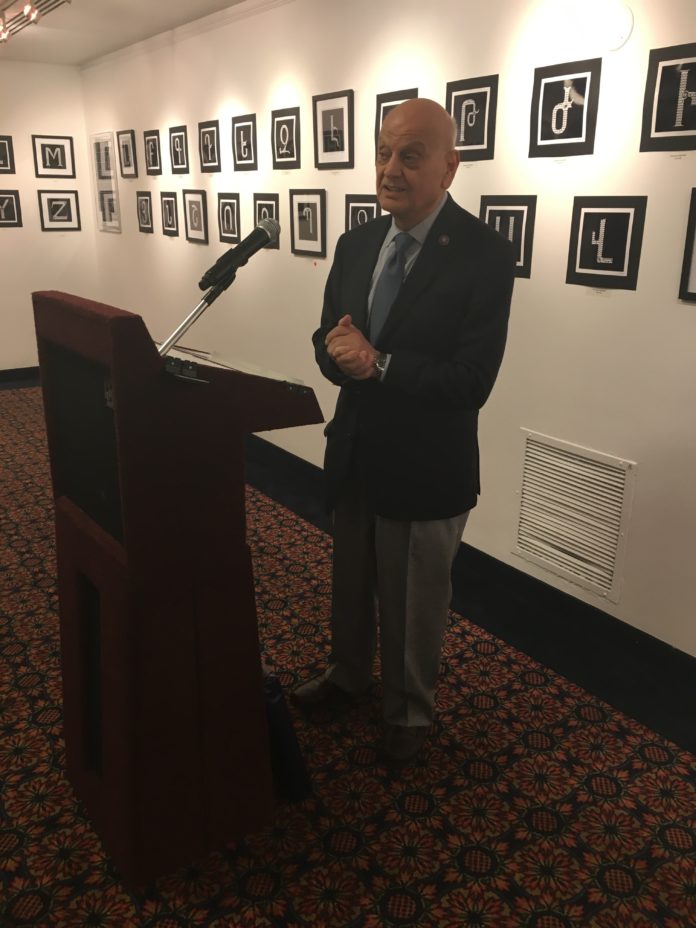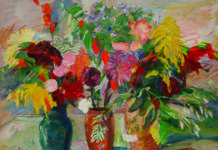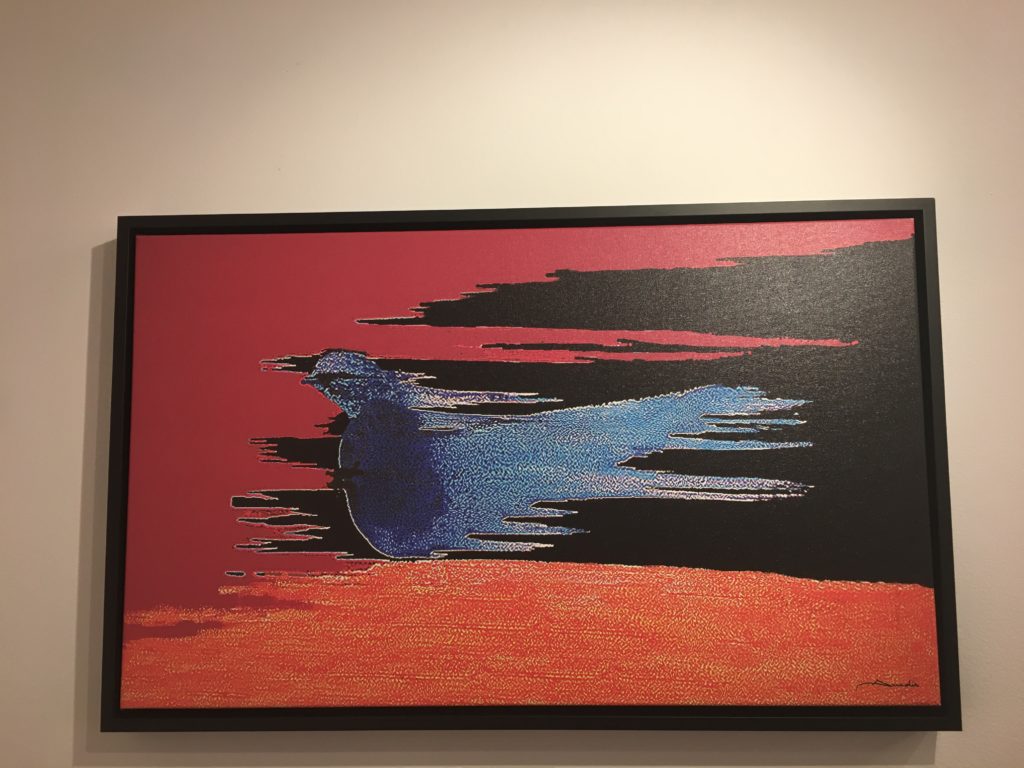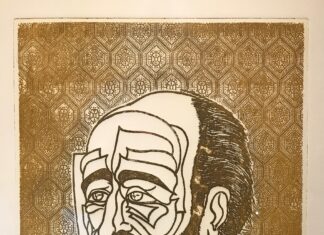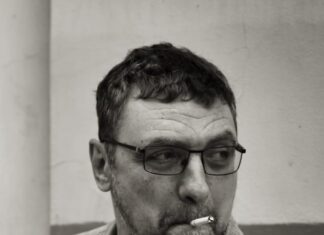By Taleen Babayan
Special to the Mirror-Specator
NEW YORK — The striking, handcrafted images on display, ranging from a blue dove enmeshed in red and orange hues, to the intricately coiled letters of the Armenian alphabet, marked the centennial anniversary of the first republic of Armenia, both in word and in deed, in a special art exhibition from May 17 to 19 at the Diocese of the Armenian Church of America (Eastern).
Throughout the course of the weekend, close to 100 pieces from lifelong artist Avedis Baghsarian’s collection were sold to support the Fund for Armenian Relief’s Avedis and Arsho Baghsarian Scholarship Program, the mission of which is to educate talented young students in Armenia who are pursuing careers in journalism and the fashion industry.
Curated with diligence by Vicki Shoghag Hovanessian, an advisor to the Minister of Culture of Armenia, the event was sponsored by the Ministry of Culture of the Republic of Armenia, the Permanent Mission of the Republic of Armenia to the United Nations and the Fund for Armenian Relief (FAR) and sought to combine the influential art of Baghsarian while educating the next generation of creatives in the homeland.
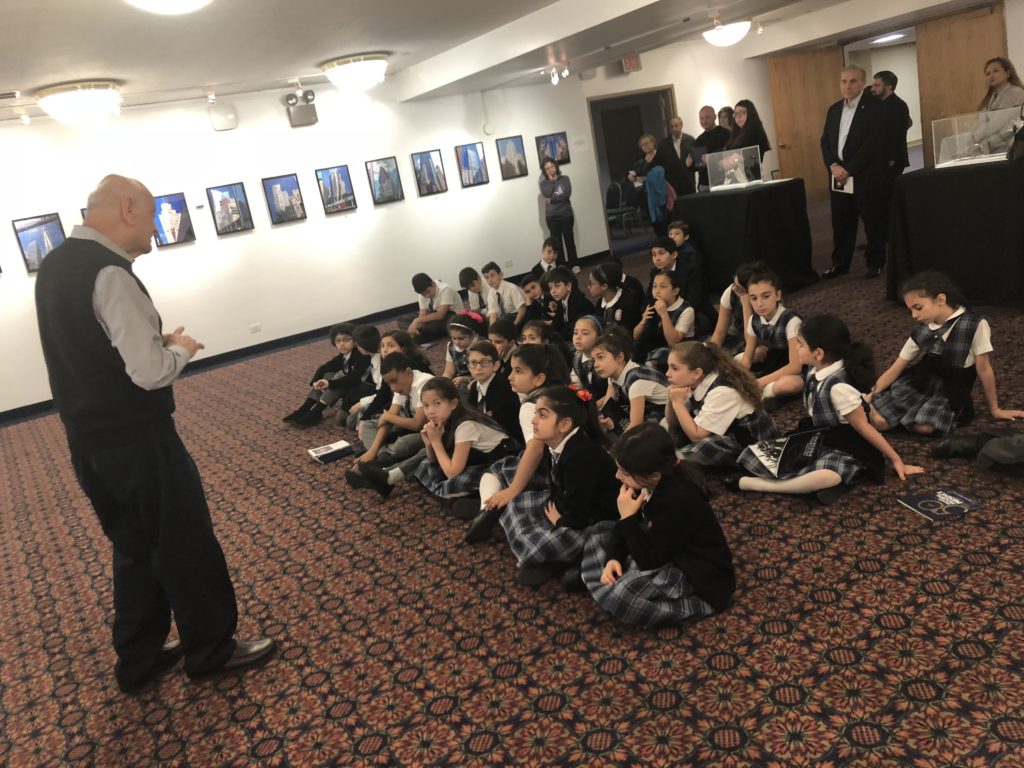
The filled-to-capacity crowd at the opening reception on Thursday, May 17, brought together supporters and art aficionados who had a chance to engage with Baghsarian, who has had an illustrious career photographing renowned figures, and to learn more about his process and inspirations behind each of his pieces.



